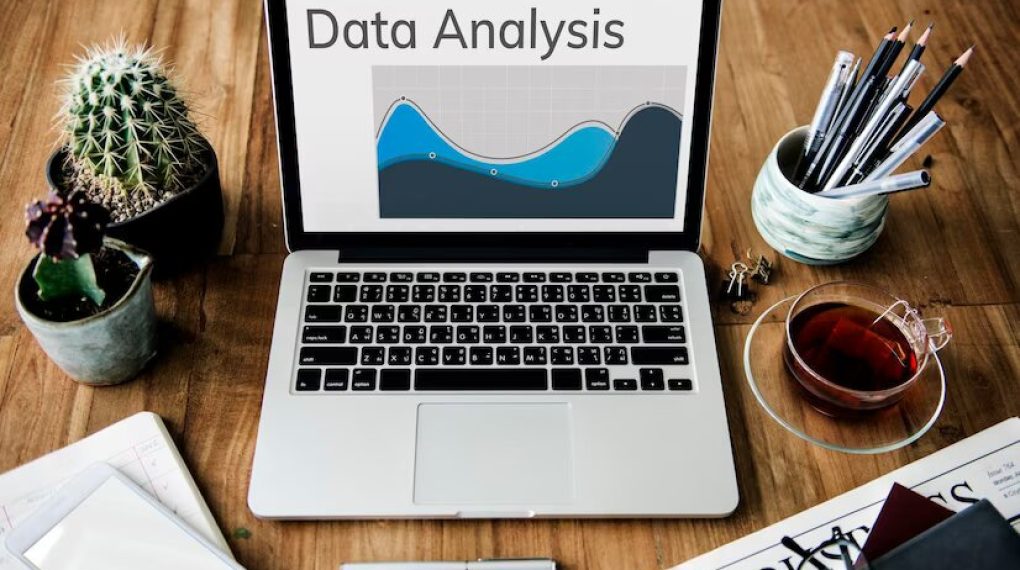
Business management dashboards integrate a large number of data points, providing a broader vision and strategy. They can help companies increase revenue and profit margins by allowing managers to understand all aspects of the company.
For example, a dashboard that compares quarterly performance with the previous year is a good way to highlight a team’s strengths. It also helps executives focus on identifying what’s working, and what needs to be improved.
Data Analytics & Business Dashboards

Data analytics & business dashboards are data solution that helps companies increase revenue and profit margins. They provide a way to easily manage, analyze and visualize data from multiple sources in a single, unified view https://cobit-solutions.com/en/, which can be used by users of all skill levels.
Typically, a dashboard is a software tool that displays visuals like charts, figures, and graphs to help people get a clear picture of an organization’s performance. It is designed to be customizable and allows organizations to create multiple, tailored dashboards for different departments and projects.
Analytical dashboards are used by analysts to filter through massive data sets in order to spot trends and anticipate events. These data visualizations are often used to help executives and business analysts make decisions. They may also be used by the board of directors to gain an overall picture of a company’s strategy and profile, as well as explore future possibilities and contrive insights.
A business intelligence dashboard can be customized to include a variety of performance indicators, KPIs, and OKRs along with various visuals, text, charts, tables, and figures. These dashboards can be tailored to fit the specific needs of the C-Suite, senior management, and other decision-makers, so they can quickly monitor activity and take action toward goals.
Another popular type of dashboard is operational dashboards, which display real-time business information that is changing constantly. This data enables users to act on immediate changes and optimize short-term decisions for optimal business performance.
The key to a successful data dashboard is choosing the right type of visualization and pooling relevant reports that tell a cohesive story. Avoid adding unnecessary information that dilutes the picture, and choose clear labels and colors to highlight relevant information when it is necessary.
Use the BI service development companies to empower non-technical users to interact with data via modern dashboards. This enables business managers to use a centralized platform to compile, analyze and visualize data that is important to their departments and projects.
Business Analytics & Business Dashboards

Business analytics & business dashboards help companies increase revenue and profit margins through data visualization. They provide real-time access to data from a variety of sources, enabling all employees to make informed decisions on operational or strategic matters.
These data visualization tools enable businesses to identify trends and isolate negative patterns, so they can take preventative measures. For example, a restaurant manager using iDashboards can see if food costs have increased at specific locations and compare vendor prices with ingredient costs to identify problems before they become big.
BI dashboards are cloud-based tools that allow users to view and analyze business data in near-real time through visual visualizations. They’re different from reports in that they offer more dynamic, interactive visualizations and usually let users drill down to the underlying data.
Modern BI dashboard tools feature a streamlined interface and a library of standard dashboard templates that accelerate the design process and connections to data sources. Some also provide color coding for tabular data to highlight relevant values.
The underlying data that drives the visualizations can be sourced from various sources, including data lakes, warehouses, and data marts. Depending on the business, users can use a variety of visualization types, ranging from the basic line and bar charts to more complex visuals such as scatterplots and heat maps.
A BI dashboard typically includes multiple data visualizations, such as charts and graphs, to give business users a combined view of critical metrics and key performance indicators (KPIs) for operational decision-making and strategic planning. These visualizations can alert users to positive trends, isolate negative ones and provide predictive insights based on historical trends and other data.
In addition to providing a unified view of critical business data, BI dashboards can also simplify analysis for non-technical users, allowing them to quickly understand large amounts of data without the need for extensive manual work. This is a major advantage in the age of cloud-based storage and on-premise business intelligence solutions.
Read Also:






